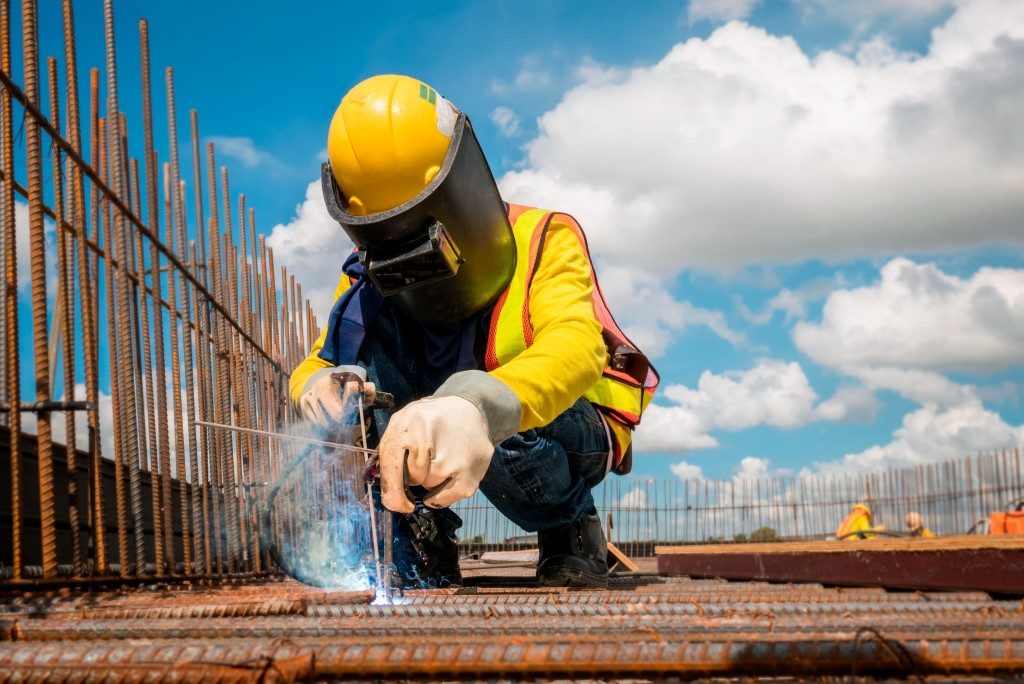If you find yourself lagging behind your competitors in productivity, your construction company might be employing dated management methods. It’s important to keep your company processes efficient by eliminating every source of waste. Bring your business up to speed with these tips.
Lessen Construction Waste
Nowadays, it’s a must to follow the principle of lean construction. Lean construction is focused on reducing every kind of waste in a project. There are 7 kinds of waste associated with construction: transportation, inventory, motion, waiting, overprocessing, overproduction, and defects.
Transportation wastage takes the form of unnecessary or inefficient movement of materials in the project. An example of this would be logistic chain issues between suppliers and plants. These movements do not add value, but the costs eat into your margins.
Inventory waste includes overstocking on materials needed for a project. Solving this requires a close eye on trends of movement in your inventory. Successfully and accurately forecasting this leads to more efficient stocking. Wasatch Steel, a steel company that has set up an efficient chain of suppliers and contractors, recommends working closely with your stakeholders. Frontloading the effort eliminates inefficiencies down the line.
Motion is wasted time on a lengthy process such as procurement of materials. Companies that waste motion have inefficient processes in place, causing little delays that add up to large amounts of man-hours. For example, a poorly-designed worksite requires workers to walk several yards to get to a tool.
Waiting is when no work gets done because employees are waiting for work to be given or for required information to be passed along
Overproduction happens when you fabricate too much of a product. Just like overstocking inventory, you’re creating tangible waste that will incur additional costs in terms of transport and storage. As with overstocking, this can be solved with accurate forecast about the needs of a client.

Overprocessing might be seen as going above and beyond expectations, but if it doesn’t end up adding value to the product or service, then it is wasteful. An example of this would be overpolishing a product, or painting in areas that will not be exposed to corrosion. Setting clear expectations about output addresses this, and helps a company avoid the opportunity cost of effort that could have been out into other, income-generating activities.
Defects are the opposite of overprocessing. You don’t want to waste time, effort, and materials and then end up creating a subpar product. Defects can be the result of problems with planning, manufacturing, work processes, or a host of other reasons. In any case, identify the sources of defects, as this wastage can be very costly in a very short amount of time.
So how then can we avoid these kinds of waste? As many of these problems are intertwined, their solutions tend to address more than one kind of waste.
Improve Communication Through Smart Devices
Poor communication is one of the biggest causes of construction waste. Establish clear digital communication channels by briefing everyone who is to be contacted in any situation. Assigning accountability helps work groups become more agile, allowing for centralized and instant communication between employees. Consider getting a mobile plan for your business to provide smart devices for your workers.
Get Prefabricated Materials
If you want to cut costs and time manufacturing your own materials, consider buying prefabricated ones from a trusted supplier. This allows you to focus on other construction processes. You’ll also lessen instances of wasted inventory. Prefabricated materials are often created by companies that specialize in them, and the good suppliers should have exacting measures for quality assurance.
Update Your Inventory System
A digital inventory system that’s connected to cloud storage can prevent overstocking and understocking. Smart apps like Sortly also simplify the inventory process for you for a small subscription price.
Improving your construction business’ productivity relies a lot on communication. It’s important to touch base with everyone involved with the project — from the designer to the suppliers and workers. A connected workplace, after all, is a productive one.

